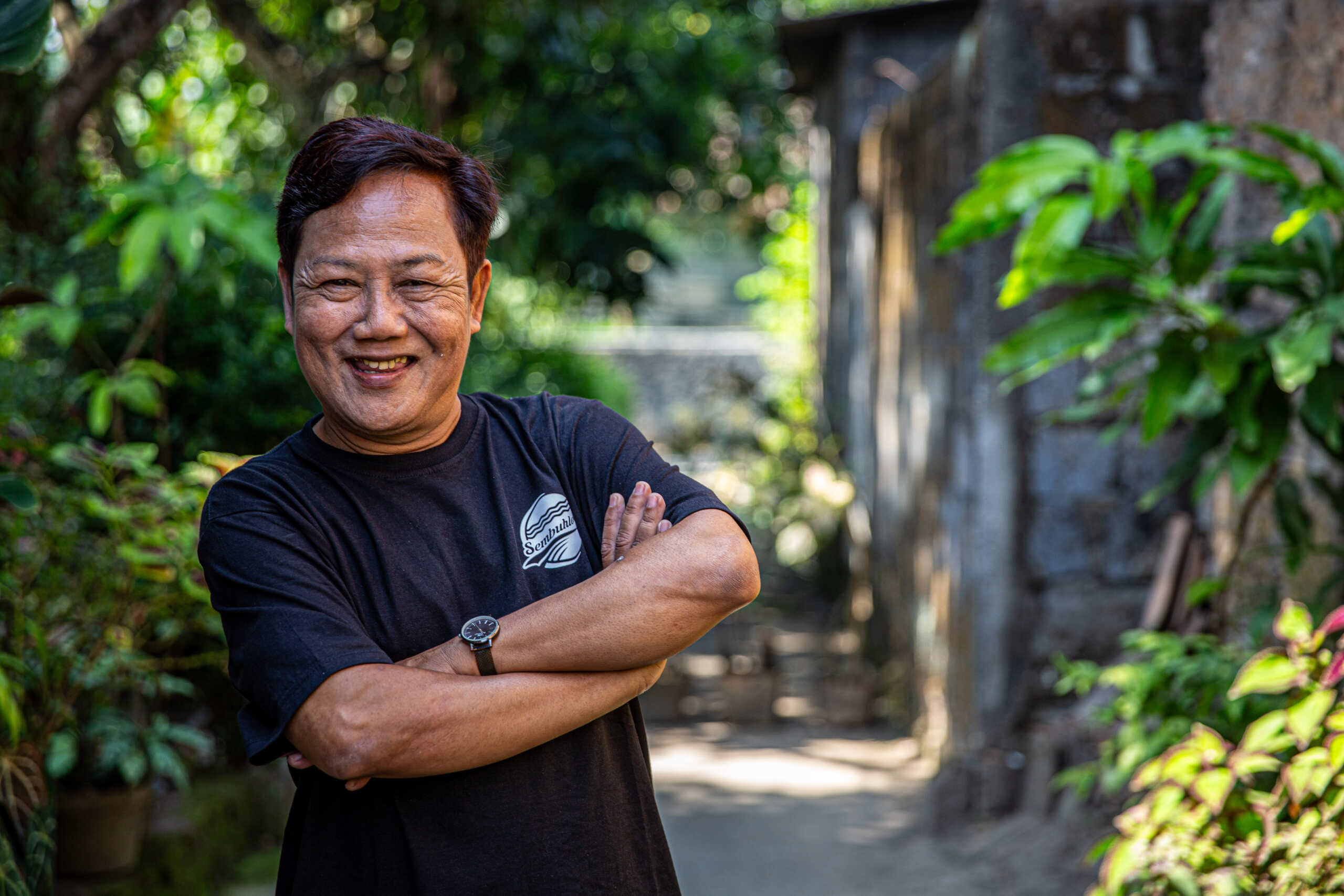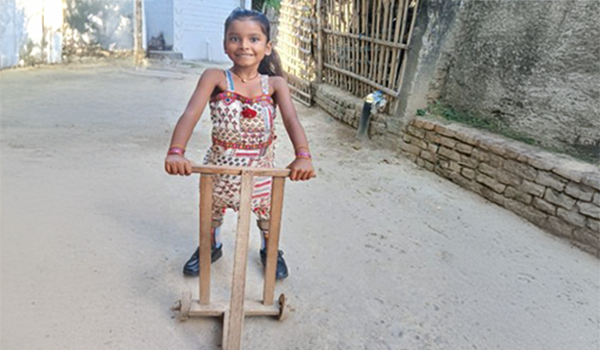Donate Responsibly
Stories | February 21, 2024
Australia is one of the world’s most charitable countries – and when we see a disaster event occur overseas many of us want to support those directly affected.
Almost half of all disaster events around the world happen in the Asia-Pacific region, and in the last few years alone countries including Vanuatu, Papua New Guinea, the Philippines and Fiji have experienced devastating cyclones, typhoons and earthquakes.
As we enter the Pacific cyclone season (which typically runs until May), the World Food Programme has just launched the Donate Responsibly website to provide education and information about the most effective way to provide support from afar when a humanitarian crisis strikes.
The website highlights that many donated, unrequested goods – such as clothing, blankets, toys and used household goods – actually end up in landfill.
There are a number of reasons why, including limited resources to unpack and distribute items, expensive storage fees, goods being damaged in transit and the obvious fact that the primary focus must be on saving lives.
For example, 18 shipping containers of unrequested goods (from various donors and organisations) were left on a wharf in Port Vila 10 months after Tropical Cyclone Pam struck Vanuatu in 2015. More than $2m AUD in storage, handling and container rental fees had been accrued during that time.
If the equivalent value of the goods is donated to a charity involved in disaster response and relief, the community is empowered to purchase what they need. Donating money helps restore the local economy and helps rebuild lives quicker after a disaster.
The Donate Responsibly website has been developed following a report by the Australian Council for International Development. The report found that the desire of the Australian community to send unrequested goods to disaster zones is driven by good intentions and a belief that the goods being sent will directly support those impacted by a humanitarian crisis.
It also found that many people did not stop to consider where their donated goods really end up, nor whether they actually had a positive or a negative impact on the disaster zone.
Communicating with people clearly and effectively to emphasise that many goods sent to disaster zones end up in landfill, the likelihood that a person would send goods reduced by 50.1%.
https://www.cbm.org.au/stories/donate-responsibly
Related Stories

Strengthening OPDs for inclusive governance and leadership in the Philippines
In the Philippines, the journey toward disability inclusive governance...

Mental health: a community, governance, and human rights issue
Mental health conditions are among the most prevalent and significant contributors to disability worldwide. However,...

Breaking barriers: Sivani walks to school
Sivani, a six-year-old from a rural municipality in southeastern Nepal, was born with Spina Bifida – a condition that...
